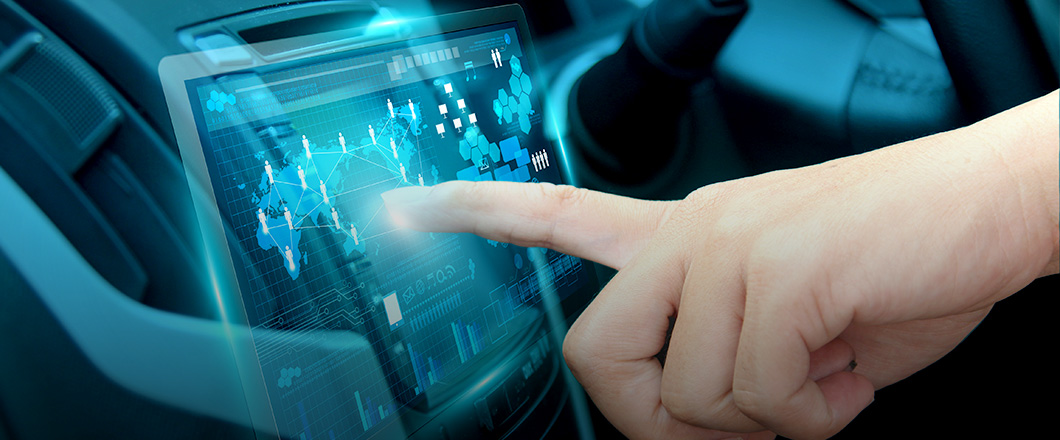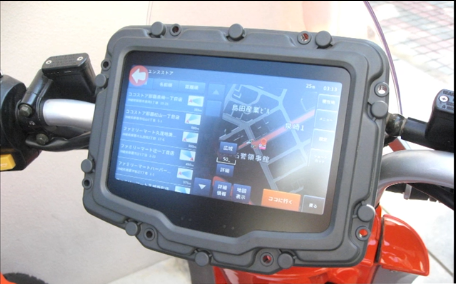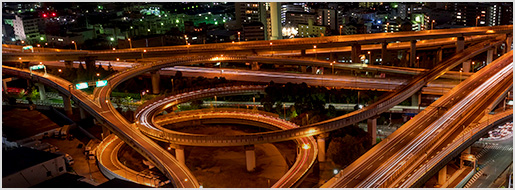
Telematics and Navigation applications for connected automotive
Telematics Applications

Telematics encompasses a wide array of applications and services that are made available to automotive users by interfacing their car with a terminal that is connected to the car and to the internet. For example, by using the location information acquired from the GPS terminal connected to the car, a running diagnosis of the car is performed and the location information is uploaded to a telematics server. Similar information gathered from several vehicles can be collated and used to generate traffic congestion information. The telematics application will provide weather information based on user location and also perform self-diagnosis of the car while braking, rate of acceleration, wiper use and engine failure information. Simple information such as fuel remaining obtained from the CAN and OBD 2 ports can be used to recommend fuel stopovers at fuel stations that are enroute. Such applications can be linked to an insurance provider information system to provide insights on driver behaviour or vehicle condition. Information derived can also be shared and updated into an automobile dealer's information system so as to enable vehicle inspection and servicing at the optimal time and perform the required inspection or repair without and delay caused by oversight. Telematics also provides significant safety measures against theft as it will be possible to track any movement of the car from a remote location. By connecting the car to the internet, Telematics provides for several unique applications and services that can be offered to the 'Connected Car' which was not possible till a few year ago. Zero-Sum is developing customized end-to-end telematics applications to create the next generation of connected cars.
Car Navigation System

A car navigation system is either built into a car or can be externally attached to the car. It obtains location information through its GPS function, and based on the location information it sets in the position of the car on the built-in map data. It can thereafter propose the most optimum route to the destination while navigating and providing turn by turn directions at each intersection that the car travels upon. More recently, navigation systems not only display traffic information from VICS, but also connect to the Internet, thereby making it possible to acquire traffic congestion information from the probe, perform optimal route search by adding traffic congestion information from several such probes, and thereafter derive real time traffic congestion information so as to provide re-routing information as well in real time according to the change of route. In addition, along with the advancement of CPU processing power, 3D maps, enlarged display of intersections and lanes, voice guidance and so on are also being enhanced. Zero-Sum is developing both built-in car navigation systems and smartphone navigation systems for platforms such as QNX OS, Android OS, iOS, Linux OS, etc., We have developed and implemented several such navigation systems for domestic and overseas markets as per each OEM requirement.
Integration of Car's with Smartphones

Car navigation systems started to gain popular acceptance from around 2000, and today, millions of units can be seen in Japan. Similarly, hundreds of telematics services are also becoming common place in Japan, due to the need of connectivity required by automobiles today. Recently, with the rapid growth and use of smartphone, they have now become the de-facto medium for using car navigation systems, with some telematics services working by connecting the smartphone to the car. Also outside Japan and in most countries across Asia, built-in car navigation system is still expensive leading to the replacement of such in-built systems with popular smartphones. It is also become commonplace for the cooperation and collaboration between car and smartphone manufacturers. Smartphones can link with the in-car display and audio system, provide the required connectivity to the Internet, provide GPS information of the vehicle, provide navigation application and integrate the navigation screen with the in-car display and audio system. Zero-Sum has collaborated with several automotive manufacturers to enable the integration of the car with the smartphone by enabling connectivity, in-car display audio system linking, navigation integration and also enabling several telematics applications on the user's smartphone.
Automated Driving

In automatic driving, recognition, judgment and execution are the three most important consecutive functions. Automated driving is realized by processing these three-steps at high speed continuously. For recognition, internal and external information is acquired through radars, cameras, DSRC, GPS etc. as external source of information while vehicle speed, acceleration, braking, steering wheel operation, and turn signaling etc. as the internal source of information. This information combined provides valuable input to the automated driving system. As a part of the input received, the position of the vehicle on the map is plotted, the optimum action is judged based on the optimum route information available enroute the destination entered into the navigation system, thereafter based on the information that has been received, the system makes its judgment on degree of acceleration needed, rotation of the steering wheel rudder, honking and the application of brakes etc. Automatic operation is carried out by looping these processes with high frequency. Platforms such as Autoware on ROS are used for the demonstration of sensors and other such input devices. Zero-Sum, in addition to acquiring information from the CAN module, also notifies instructions to the ECU via CAN for the smooth functioning of automated driving.


